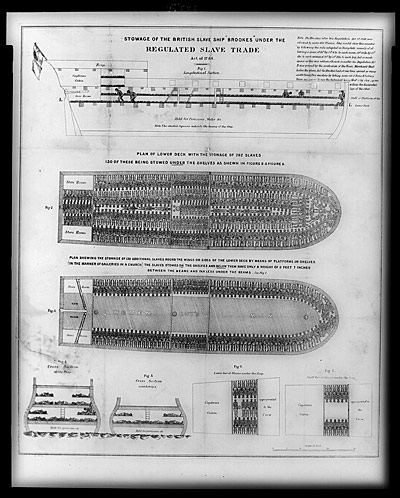
Unit 2: How Trade and Travel Changed the World
Lesson I: Old and New World Exchanges
Activity 1: Transatlantic Exchange
The travel, trade, and conquest that followed the European exploration of the Atlantic world provided resources to Europeans and opened access to markets in Africa and the Americas. The Spanish, Portuguese, and Dutch had contacted and started colonizing these areas by the mid-1500s. The British and French soon began colonization efforts as well.
Colonization of the New World, travel, and trade resulted in a massive exchange of goods and people between Europe and the Americas. The term Columbian Exchange describes this transfer of items between the New and Old Worlds.
Directions: Now examine the map to learn about what goods and items were traded during the Columbian Exchange.
Crops, minerals, and other New World materials were soon in high demand in Europe and the rest of the world. In return, Old World products were sent to the Americas where they could support the growing colonial populations or be produced in larger amounts with forced labor. In addition to the exchange of food and goods, the Columbian Exchange included the exchange of illnesses and diseases. Illnesses came mostly from the Old World, and contributed to a tremendous population decline in the indigenous American population.
The demand for products found or produced in the Americas led to the Transatlantic slave trade. The Transatlantic slave trade was the forced migration of between 9 to 10 million enslaved Africans to the Americas to work as forced agricultural laborers. Africans were enslaved to support the production of labor-intensive crops such as sugar, tobacco, and cotton in the Americas starting in the 17th century. Millions of men, women, and children were forcibly stolen from their communities by white Europeans or other Africans. They were sold and sent to places such as Brazil and the Caribbean. It was a struggle to even survive the grueling Transatlantic journey in ships nicknamed "floating coffins" because of their miserable conditions and high death rates.

Diagram Showing Storage of Slaves on British Slave Ship [1]
Page Notes:
[1] Source: This image from http://en.wikipedia.org/wiki/File:Slaveshipposter.jpg is in the public domain because its copyright has expired.


